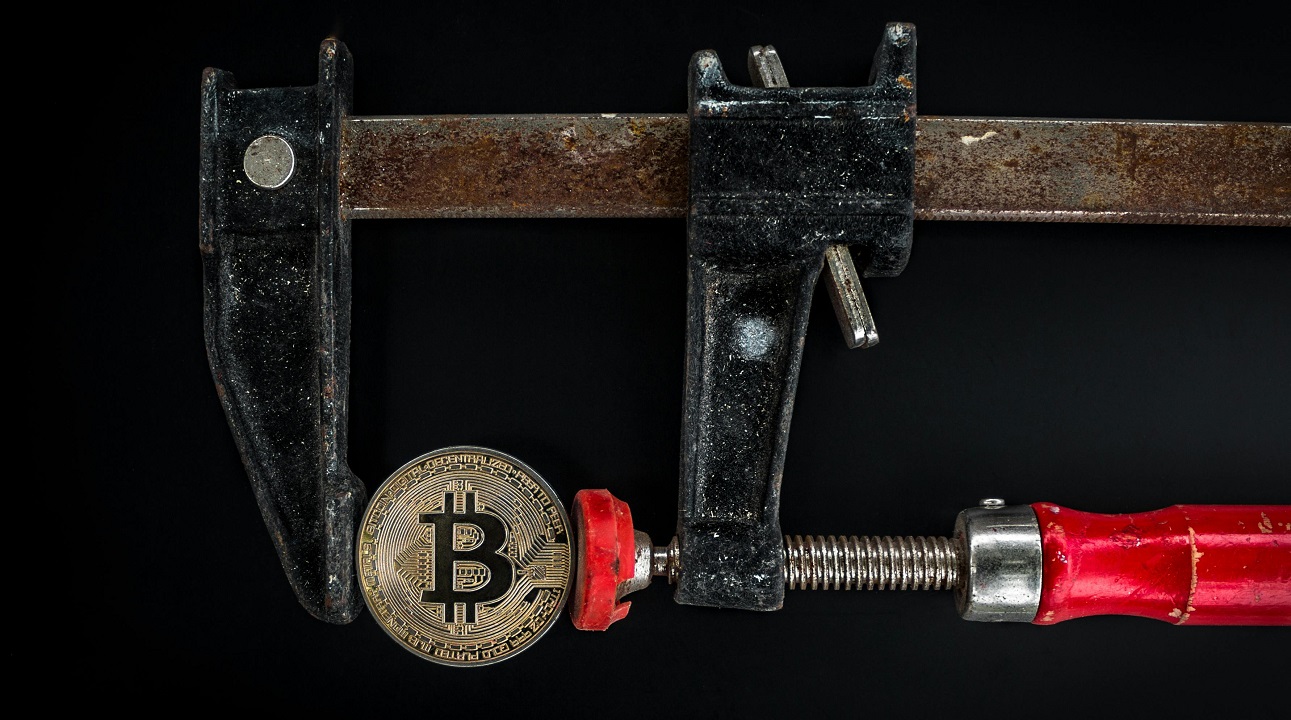Written by Jean Nichols, Content Manager at CCP Marketing, on behalf of Immediate Altcoin.
Bitcoin, the pioneering cryptocurrency, has captured the world’s attention not only for its potential to revolutionize finance but also for the intricate details that make it work. Among these details, the feerate distribution in the mempool stands out as a crucial aspect that affects users, miners, and the network’s overall health. This innovative offering simplifies the process of engaging with Bitcoin, making it more accessible to a wider audience. In this article, we will explore the evolution and impact of Bitcoin’s feerate distribution in the mempool, delving deep into its history, dynamics, and consequences. There are both technical and financial aspects of Bitcoin and you need to master both to be a pro investor. Check out Immediate Altcoin and learn about investing in the market from game changers. Learn more now!
Understanding Bitcoin’s mempool
What is a mempool?
The term “mempool” is derived from “memory pool.” It is a temporary storage area for unconfirmed Bitcoin transactions. When a user initiates a Bitcoin transaction, it is broadcast to the network and enters the mempool. Miners pick transactions from the mempool to include in the next block they mine. Transactions not selected remain in the mempool until confirmed or discarded.
How transactions enter and exit the Mempool
Transactions are added to the mempool as soon as they are broadcast. Miners select transactions with higher feerates because they want to maximise their earnings. When a transaction’s feerate falls below a certain threshold, it may be evicted from the mempool.
Role of miners in transaction selection
Miners play a pivotal role in deciding which transactions make it into the next block. They prioritise transactions with higher feerates to maximise their profits, creating a competitive fee market among users.
Feerates in Bitcoin
Definition and significance of Feerates
A feerate represents the amount a user is willing to pay for each unit of data (usually in satoshis per byte) in their transaction. It is crucial because it determines the priority of a transaction in getting confirmed. Higher feerates imply faster confirmation times.
How users set Feerates for their transactions
Bitcoin wallets often provide fee estimation tools that suggest feerates based on current network conditions. Users can adjust the feerate to prioritise speed or cost-effectiveness. Setting the right feerate is essential to avoid overpaying or experiencing delays.
Market dynamics influencing feerates
Feerates are subject to supply and demand dynamics. During periods of high transaction volume, feerates rise as users compete for limited block space. Conversely, during quieter times, feerates decrease, making transactions more affordable.
The evolution of feerate distribution
Early days of Bitcoin: Low transaction volume and predictable fees
In Bitcoin’s infancy, the mempool was sparsely populated, and fees were negligible. Transactions were often confirmed in the next block with minimal feerates. Users enjoyed predictability and low costs.
Bitcoin’s scalability challenges and congestion periods
As Bitcoin gained popularity, scalability issues emerged. Blocks became congested, causing transaction delays and rising feerates. The Bitcoin community began debating block size limits and exploring solutions to address congestion.
The role of block size limits in feerate distribution
Bitcoin’s block size limit of 1MB has been a contentious topic. Some argue that increasing it would alleviate congestion and lower feerates, while others advocate for off-chain scaling solutions like the Lightning Network to reduce on-chain demand.
Impact on Bitcoin users
Fee market dynamics: From low to high feerates
Bitcoin’s fee market has transformed from a predictable, low-cost environment to one characterised by fluctuating and often high feerates. Users must adapt their fee strategies to navigate this new landscape.
Strategies for optimising transaction fees
To minimise costs and ensure timely confirmation, users can employ various strategies, such as using fee estimation tools, setting custom feerates, and leveraging batch transactions.
User experience during fee spikes
High feerates can lead to frustration among users who experience delays. During peak congestion, it may take hours or even days for transactions with low feerates to confirm. This underscores the importance of informed fee management.
Mempool analysis tools
Introduction to Mempool Data Analysis
Analysing mempool data is essential for understanding fee rate dynamics. It provides insights into transaction backlogs, fee pressure, and network health.
Popular tools and resources for monitoring mempool feerate distribution
Several websites and APIs offer real-time mempool data, including fee rate distribution. Tools like Mempool.space, BitcoinFees, and various blockchain explorers provide valuable insights for users and researchers.
Case studies of real-time mempool analysis
Exploring real-world examples of mempool analysis can highlight the impact of fee rate distribution on transaction confirmation times and user experience.
Future trends and challenges
Bitcoin’s scalability solutions: Lightning network, Schnorr signatures, etc.
The Bitcoin community continues to develop solutions to address scalability issues. Innovations like the Lightning Network and Schnorr signatures aim to enhance Bitcoin’s capacity and reduce on-chain congestion.
Potential changes to bitcoin’s feerate system
Ongoing discussions may lead to changes in Bitcoin’s feerate mechanism, potentially improving user experience and fee predictability.
How changes in feerate distribution may impact the broader cryptocurrency ecosystem
Bitcoin’s feerate distribution can influence the broader cryptocurrency market by setting expectations for fees and transaction times. As Bitcoin leads, other cryptocurrencies often follow.
Conclusion
In conclusion, Bitcoin’s feerate distribution in the mempool has evolved significantly, impacting users, miners, and the network itself. Understanding this evolution and its consequences is vital for anyone involved in the Bitcoin ecosystem. As Bitcoin continues to grow and adapt, so too will its feerate dynamics, shaping the cryptocurrency landscape for years to come.
Investing in crypto assets may result in the loss of capital.
[Image – Worldspectrum on Pexels]

